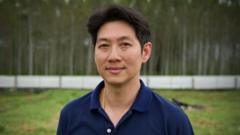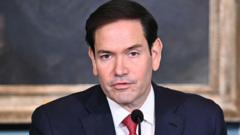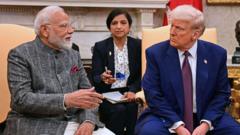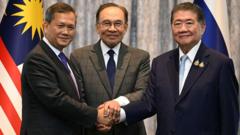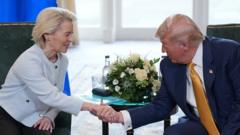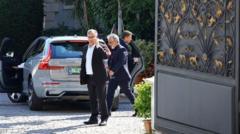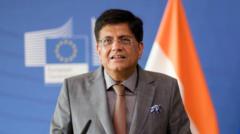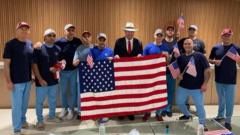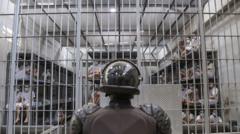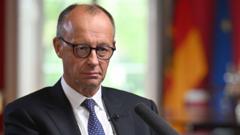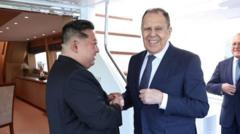**Thaddeus Daniel Pierce, born to Lindsey and Tim Pierce, symbolizes hope and the evolving narrative of modern parenthood.**
**Record-Breaking Baby Born from 30-Year-Old Frozen Embryo: A Miraculous Journey**
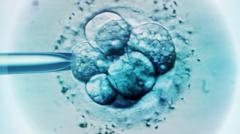
**Record-Breaking Baby Born from 30-Year-Old Frozen Embryo: A Miraculous Journey**
**A couple welcomes their son after adopting an embryo frozen for over three decades, setting a remarkable record.**
In an astounding milestone for reproductive science, a baby boy was born to an Ohio couple using an embryo that had remained frozen for over 30 years. Lindsey Pierce, 35, and Tim Pierce, 34, celebrated the arrival of their son, Thaddeus Daniel Pierce, on Saturday, marking what is believed to be the longest duration for an embryo to be frozen before achieving a successful live birth.
The previous record was held by a set of twins born in 2022 from embryos that had been frozen in 1992. Lindsey expressed to MIT Technology Review that their experience felt "like something from a sci-fi movie," underscoring the extraordinary nature of their journey.
The Pierces had aimed to expand their family for seven years before considering embryo adoption. The embryo they adopted was created by Linda Archerd, 62, in 1994 during her IVF treatments with her then-husband. Although separated, Archerd was reluctant to discard the remaining embryos. Rather than opting for research or anonymous donation, she wanted to keep the family connection alive through her adult daughter.
Archerd, after years of careful storage, matched with Nightlight Christian Adoptions, a Christian embryo adoption agency, through its “Snowflakes” program. This agency allows donors to select adoptive parents based on shared values such as religious beliefs, race, and nationality. Archerd explicitly sought a Caucasian, married Christian family residing in the U.S. before connecting with the Pierces.
The IVF clinic where the transfer took place, Rejoice Fertility in Tennessee, committed to transferring all embryos it receives regardless of their age. Ms. Pierce remarked that their primary desire wasn't to break records but simply to welcome a child into their lives.
Though Archerd has yet to meet Thaddeus in person, she noted a resemblance between him and her daughter, a heartwarming bond that continues across generations. This event not only shines a light on advancements in reproductive technology but also reflects the profound connections formed through the embryo adoption process in America.
The previous record was held by a set of twins born in 2022 from embryos that had been frozen in 1992. Lindsey expressed to MIT Technology Review that their experience felt "like something from a sci-fi movie," underscoring the extraordinary nature of their journey.
The Pierces had aimed to expand their family for seven years before considering embryo adoption. The embryo they adopted was created by Linda Archerd, 62, in 1994 during her IVF treatments with her then-husband. Although separated, Archerd was reluctant to discard the remaining embryos. Rather than opting for research or anonymous donation, she wanted to keep the family connection alive through her adult daughter.
Archerd, after years of careful storage, matched with Nightlight Christian Adoptions, a Christian embryo adoption agency, through its “Snowflakes” program. This agency allows donors to select adoptive parents based on shared values such as religious beliefs, race, and nationality. Archerd explicitly sought a Caucasian, married Christian family residing in the U.S. before connecting with the Pierces.
The IVF clinic where the transfer took place, Rejoice Fertility in Tennessee, committed to transferring all embryos it receives regardless of their age. Ms. Pierce remarked that their primary desire wasn't to break records but simply to welcome a child into their lives.
Though Archerd has yet to meet Thaddeus in person, she noted a resemblance between him and her daughter, a heartwarming bond that continues across generations. This event not only shines a light on advancements in reproductive technology but also reflects the profound connections formed through the embryo adoption process in America.

